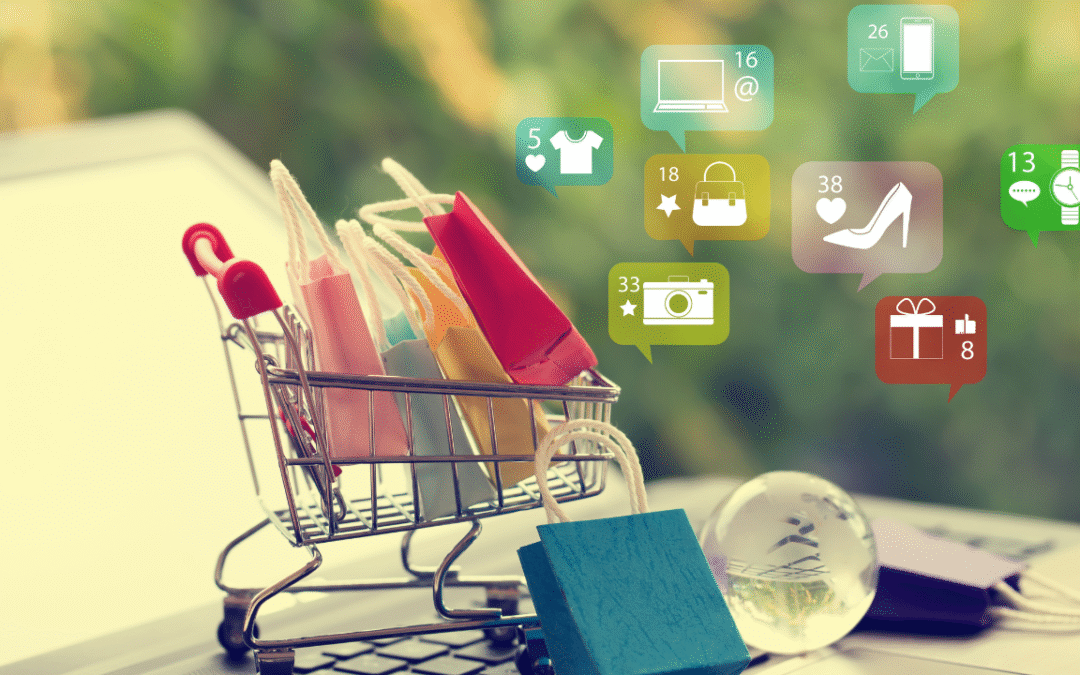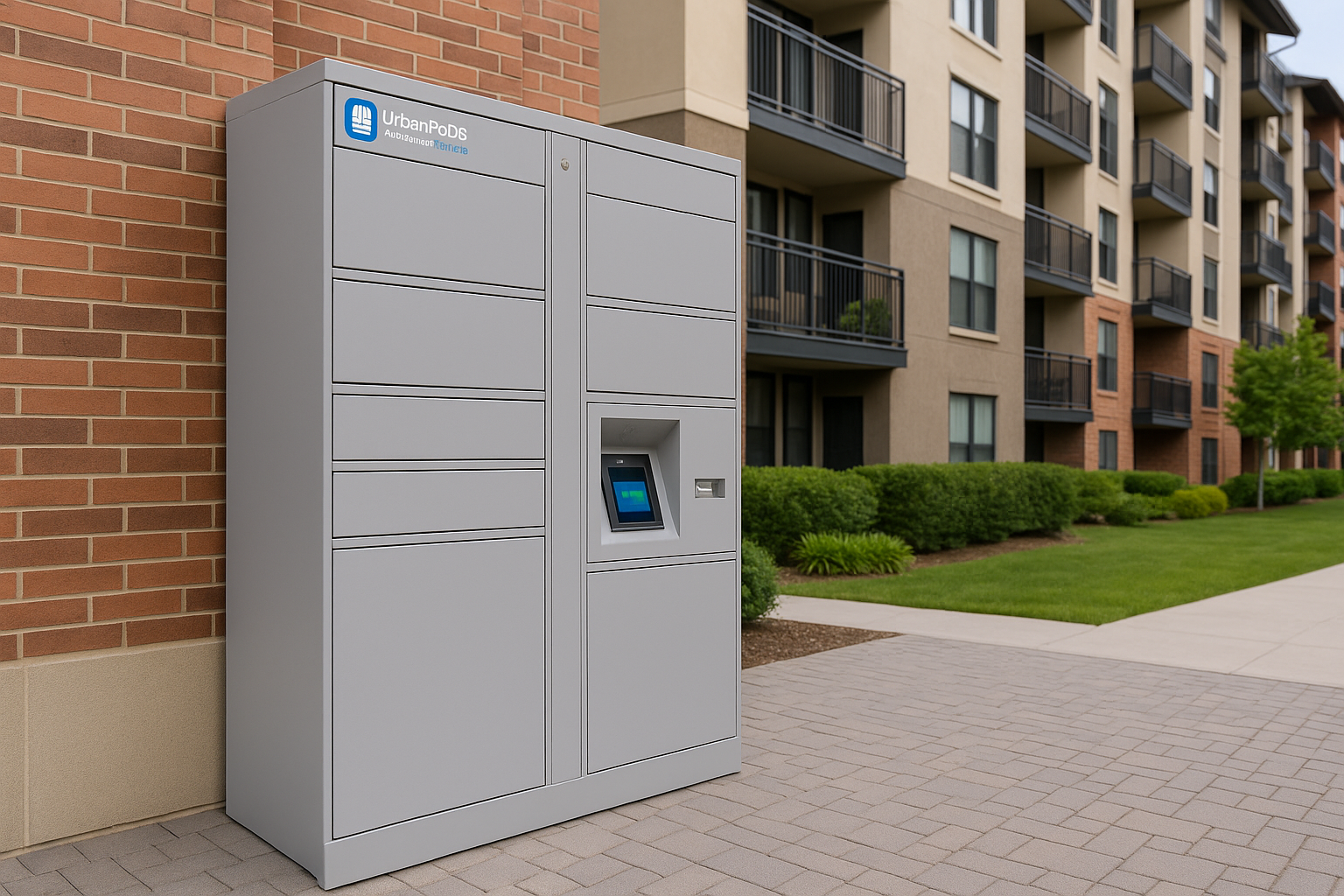The global e-commerce landscape in 2025 is driven by one universal expectation: immediacy. Customers want products when and where they need them with flexible options for pick-up, returns, and exchanges.
Amidst soaring logistics costs and environmental concerns, smart locker networks have emerged as a defining trend. They’re not just a delivery innovation; they’re reshaping the infrastructure of modern fulfilment.
What’s Fueling the Rise of Smart Lockers?
Several factors are converging to make lockers the next big thing in e-commerce:
- Urban density: Apartment living and gated communities complicate doorstep delivery.
- Sustainability goals: Fewer delivery attempts mean reduced emissions.
- Customer behaviour: Shoppers expect omnichannel convenience – buy anywhere, collect anywhere.
- Rising costs: Courier and labour shortages are pushing brands to automate fulfilment.
Smart locker networks meet all these needs offering a secure, scalable, and environmentally friendly solution.
How Smart Lockers Work in E-Commerce Ecosystems
Smart lockers are integrated directly into fulfilment systems. When an order ships:
- The item is placed in a locker near the customer’s location.
- The buyer receives a digital code or QR for retrieval.
- If returning, they simply drop the parcel into any locker unit.
This flexibility shortens delivery cycles and eliminates the inefficiencies of last-mile congestion.
Emerging Trends in Smart Locker Adoption (2025 Edition)
- Hyperlocal Fulfilment:
Retailers and D2C brands are converting small urban spaces into micro-hubs with locker systems. - Temperature-Controlled Logistics:
As grocery and pharma e-commerce grow, refrigerated lockers become essential infrastructure. - Omnichannel Returns Management:
Returns handled through lockers reduce friction and human error, improving turnaround speed. - White-Label Locker Networks:
Brands increasingly prefer customised lockers featuring their logo and interface for brand continuity. - Data-Driven Optimisation:
Locker usage data helps predict high-traffic zones, peak hours, and consumer patterns empowering smarter logistics decisions.
Business Benefits Beyond Delivery
Smart lockers go beyond operational convenience – they unlock competitive advantage:
- Customer retention: Faster, flexible delivery boosts satisfaction.
- Cost efficiency: Centralised drop-points reduce courier routes.
- Scalability: Networks can expand city by city without major real-estate investment.
- Security: Digital authentication and monitored access prevent theft or misplacement.
For retailers and logistics providers, this combination of benefits drives both savings and brand trust.
Sustainability and the Smart Locker Advantage
Sustainability is no longer optional, it’s a differentiator.
Locker-based fulfilment enables:
- Consolidated deliveries that reduce emissions.
- Lower packaging waste through reusable pick-up methods.
- Reduced delivery traffic in dense urban zones.
Brands that align with eco-friendly logistics are more likely to win over conscious consumers and meet ESG targets.
Integrating Smart Lockers into E-Commerce Operations
To fully leverage locker technology, e-commerce brands should:
- Identify their top customer clusters for pilot installations.
- Integrate locker APIs with order management and CRM systems.
- Automate notifications for seamless customer updates.
- Analyse performance data to expand into high-use regions.
- Market the new fulfilment option as a premium convenience feature.
The Future: A Locker-First Delivery World
By 2026, analysts predict that nearly 30% of urban deliveries will rely on some form of locker or collection hub. For brands, that means now is the time to establish a presence before networks become oversaturated.
As e-commerce matures, the question is no longer whether to use smart lockers, it’s how quickly you can integrate them into your delivery ecosystem.
Conclusion
The future of fulfilment is hybrid, data-driven, and customer-centred. Smart locker networks sit at the intersection of technology, sustainability, and convenience, the three pillars of next-generation e-commerce.
For online retailers and D2C brands, investing in locker technology today isn’t just a logistics upgrade; it’s a strategic step toward sustainable growth, customer loyalty, and operational excellence.




